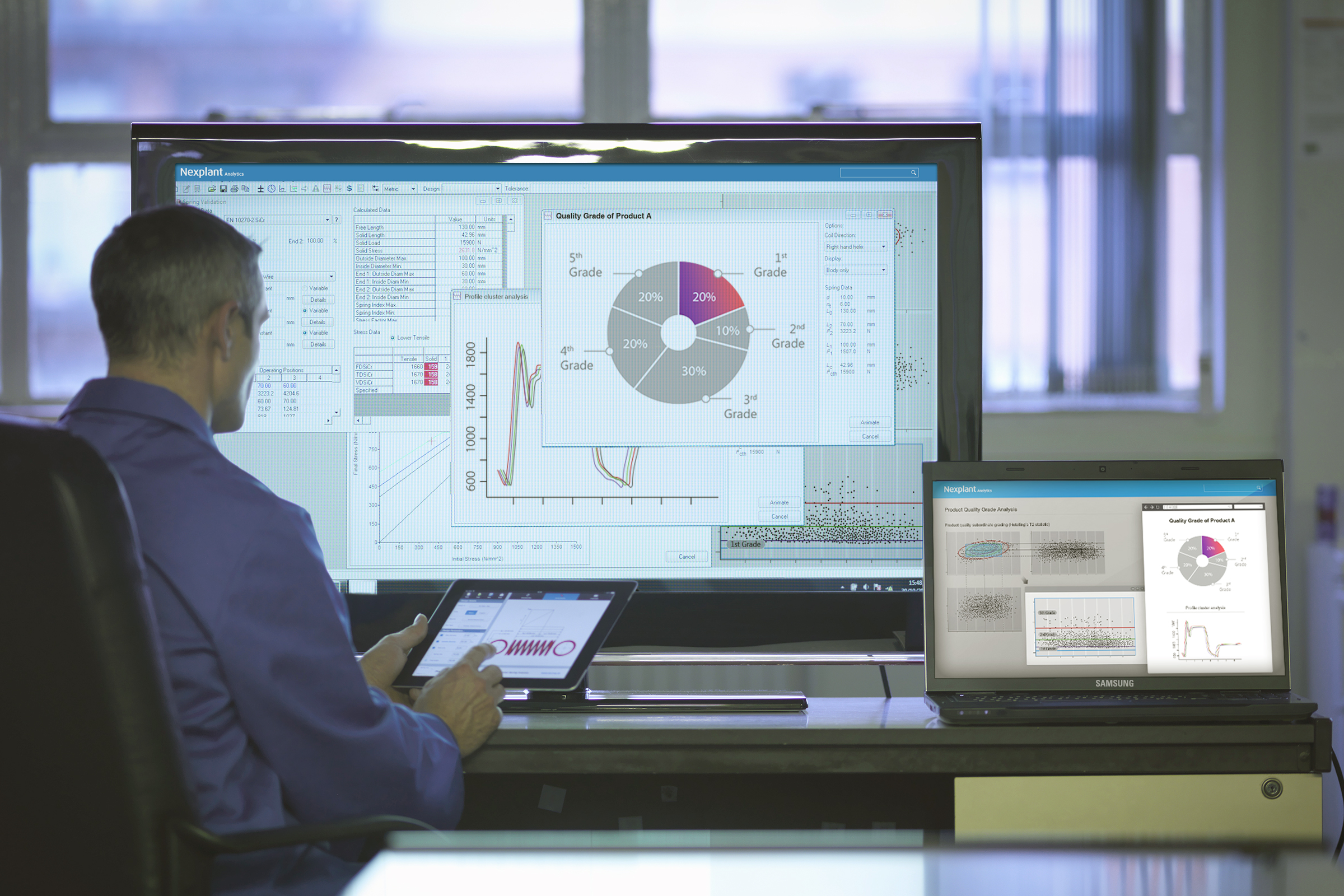“In God we trust; all others bring data” - W. Edwards Deming
When Google introduced the first search engine with a page ranking algorithm, the company became a pioneer in helping users find the information they were looking for on the web as quickly as possible. Google’s analytics model succeeded so well that the company grew into a multi-billion dollar disruptive business. Over the years, Google has tweaked its models on an ongoing basis to ensure its results remain as relevant as possible. It has issued four major algorithm updates and countless minor ones and now ranks pages based on roughly 200 factors.
While Google is an innovator in the use of analytics, it is hardly alone. In a recent survey from BSA the Software Alliance, 67% of business decision makers said data analytics is either “somewhat” or “extremely” important to their company and 70% said it will be important three years from now. Seventy six percent of the survey’s respondents said analytics plays an important role in increasing sales and revenue.
These adoption trends for analytics show no signs of abating. IDC predicts that the worldwide business analytics software market will grow at a 9.7 percent compound annual growth rate (CAGR) through 2017.
Three Types of Analytics
Why are these organization’s turning to analytics?
Most large organizations capture huge amounts digital information. It could be transactions from point-of-sale or online commerce systems, inventory data, or customer comments from an online support portal. But most humans can’t make sense of all this data. There’s simply too much to wrap your brain around. Analytics allows you to derive meaningful information out of your raw data.
Gartner categorizes analytics into three types, as shown in the following diagram.
The simplest class of analytics, Descriptive Analytics, summarizes what happened in the past. For example, you could use descriptive analytics to see usage patterns, such as the average length of service contracts with middle aged male customers.
More sophisticated is Predictive Analytics. This type of analytics uses a variety of statistical, modeling, data mining and machine learning techniques to study recent and historical data and make forecasts about what might happen in the future. For example, you could use Predictive Analytics to answer the question “How likely is this customer to renew their service contract?”
Prescriptive Analytics is an emerging technology. It goes beyond descriptive and predictive models to recommend courses of action that will optimize business outcomes. You can use prescriptive analytics to answer questions that require you to reconcile two conflicting goals. For example, it will allow you to answer the question “What discount should I provide to this customer to maximize my overall profit?” when higher discounts increase overall revenue while lowering the profit per unit.
Analytics Drivers
The growth in analytics has been enabled by industry trends that have brought it into reach for more companies. These include Big Data, cloud computing and machine learning:
Big Data: Businesses today collect large volumes of data from their interactions with users, suppliers and partners. For example, they might collect data on the number of times a customer contacts the service center via different channels (web, phone etc.) before discontinuing their service. Even more data is available from sensors on devices connected to the internet. These sensors for instance might collect temperatures reported by a device before it fails. Not only are large amounts of data now available, techniques have been developed to process this data in a rapid and cost effective manner using commodity hardware.
Cloud Computing: Businesses now have a low cost way to apply analytics to their data. Cloud computing vendors offer pre-installed analytics software licensed on an hourly basis. Businesses no longer need to make long term investments in hardware and software to discover whether analytics can help improve their functioning. Novices can simply experiment in the cloud to evaluate the effectiveness of tools and techniques for use in prediction and estimation.
Machine Learning Maturity: Until the late 1990’s, machine learning (AI) solutions were one-off solutions to a particular problem that rarely leveraged prior work. Over the past two decades, machine learning has matured substantially, introducing standard approaches, algorithms and techniques. At the same time, AI has become a graduate level specialization in computer science with courses that include a blend of statistics, probabilities, dynamic programming, and control theory and optimization techniques. Students with these degrees populate the new and prominent career of data scientist, whose role is to discover useful knowledge from data.
As analytics has matured, businesses are applying it to the data they have and that they continue to collect from their interactions with customers to derive insights and optimize their business. Samsung SDS specializes in the most advanced form of analytics - Prescriptive Analytics. Samsung SDS has created a Prescriptive Analytics platform and solutions that enable our customers to leverage their data to dramatically improve business outcomes.
To improve your business outcomes with Samsung SDS prescriptive analytics contact us at bd.sdsa@samsung.com or head to www.samsungsds.com to learn more about or analytic offerings.

Atul Varshneya is the VP of Technology, Artificial Intelligence R&D at Samsung SDS America. Within this role he is responsible for developing AI technology platforms for enterprise applications that focus on prescriptive capabilities.
- Four Big IT Transformations for Enterprise Agility
- An Agile Approach, the Core of Corporate DT for Working Culture Innovation
- Digital ESG, a Critical Success Factor for ESG
- Conversational AI War Begins. Who Will Be the Winner?
- What Is Matter, the New Smart Home Standard?
- 2023 Forecast for Technology Trends
